or How Not to Buy a Bicycle
So you want to get fit, have fun, reconnect with the outdoors and indulge in the simple pleasure of transporting yourself without motors, oil, batteries or petrol. It’s all good. Most likely, your first thoughts are to purchase a new bicycle.
You are no fool, so you do some online research. You may even buy some cycling magazines, to check out the latest models, gear and reviews. You ask your friends who cycle at the weekend. They ask if you are a “roadie” or an “MTBer” – do you cycle on road or off-road ? You answer “on road”.
You end up buying something that looks like this :
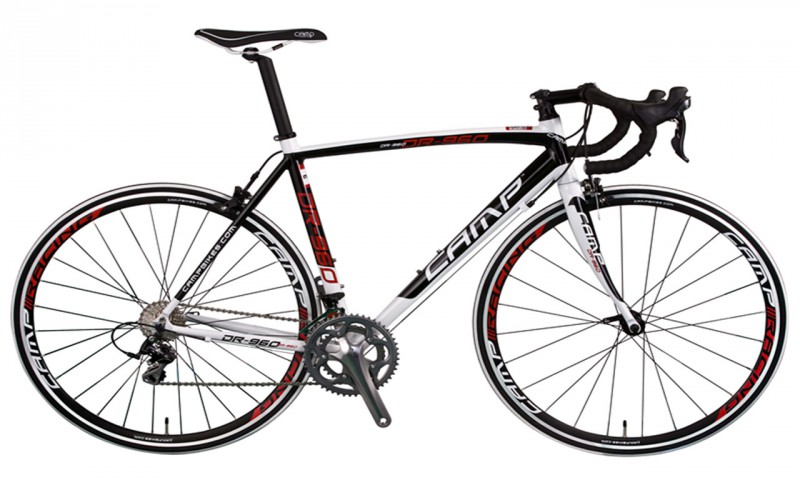
It’s a top looking bike. It has those skinny tyres for speed. Few spokes, to save weight. Aerodynamic front fork that almost skims the wheel it is so slim. Combined brakes and gear shifters ( “brifters” the man in the shop called them ) so that you can brake while changing up or down a cog, mounted on a handlebar low down, for maximum aerodynamic body position.
If you answered “well I don’t race, but I don’t go offroad much either so …” you will have likely bought something similar to this :
A top looking bike. Fatter tyres for puncture resistance, a straight bar “for control” and otherwise similar few-spoked wheels and a lightweight seat.
Depending on how much money you decided to spend, you may have more or less carbon/titanium/gears/weight.
Congratulations, you have bought the bicycle that the magazines, friends, and internet guided you towards. You ride your bike and have fun.
After a while, the fun turns to pain. You ride your bike less often. It may hit Craigslist.
Oh well.
Bit of a shame really.
Your friends, the bike shop, the magazine, and the collected wisdom of the internet were wrong. I know. It’s hard to believe the internet could be wrong. Your friends are well-informed, generally fragrant and helpful. So what happened ?
Let’s start with the problems.
1. All bikes can go anywhere
There is no such thing as a “non road bike”. Any bicycle can be ridden on the road.
Therefore, “do you want a Road Bike or an MTB or a half-way-inbetween Hybrid” is a nonsense question.
What they mean is “do you fantasise that you are a professional bike racer and think that wearing lycra shorts and a multicoloured logo shirt is necessary to pilot a bicycle ?” ( =road bike buyer )
Similarly, “do you drive an SUV because you think it’s necessary to overcome the challenges of the tough modern urban road ?” ( =MTB bike buyer )
Or “do you find road bikes too extreme and MTBs a bit de trop for your commute and believe only a compromise could be appropriate ?” ( =Hybrid buyer )
The bicycle industry makes three categories of bikes, and endless variations, but they all have two wheels, a seat, a handlebar and pedals held in some arrangement of permanent juxtaposition by a frame. The two examples pictured above are much more alike than they are different. Similar riding position, seat high above the handlebars, similar angles of the seat tube and forks, two wheels and so on.
Both are likely to be painful to ride for most people.
It doesn’t matter what “type” of bicycle it is. It doesn’t matter whether it has “drop” or straight handlebars. It matters how it fits you, and it matters how appropriate it is for your riding.
These are much better questions to answer.
2. You wouldn’t choose an uncomfortable chair, or car, so why choose an uncomfortable bicycle ?
The general purchasing process pushed by the manufacturers, magazines and shops is one like this:
- What sort of bike are you after – Road, MTB or Hybrid as above ?
- How much do you want to spend ?
- What’s your favourite colour ?
That’s about it.
Once you’ve been narrowed into a “type”, you are further squeezed into a budget range, which leaves a few bikes for you to sit on while you work out if the colour scheme fits your image of yourself in shorts.
Millions of bicycles are sold like this. Millions of people end up with bicycles that are uncomfortable.
3. Fit matters
Look at the two bikes above again. Even without sitting on them, you can see that they are not comfortable. Why ? Because the handlebars are lower than the saddle. Simple !
Well, everyone’s body is different, but in general, this applies :
- Seat higher than handlebars : uncomfortable but “fast”
- Seat same height as handlebars : Goldilocks Zone ( “just right” )
- Seat lower than handlebars : Relaxed but “slow”
That’s because you only make contact with the bicycle at three points. The saddle, handlebar, and pedals.
Now, professional racers are different. They are paid to put as much energy as they can into those pedals. They are pushing down so hard on the pedals, the saddle hardly matters – almost all their weight is being supported by their legs. Try it. Go mad and push as hard as you can on the pedals. Your bum will lift. If you can do that for hours at a time, every day, you can make some money. Stop reading this and go race bikes.
If you are normal though, you’ll spend a lot of time on your bicycle with the weight spread between your bum on the saddle, and your hands on the handlebar, and a little on those pedals.
This means that the most important point when trying a new bike is :
- sit on it, and note to yourself how much of your weight is supported by your hands and how much is being supported by your bum.
This is directly related to the seat height relative to the handlebar height as above. If your handlebar is lower, you will be leaning onto those bars, moving weight off your bum and on to your hands. If the handlebars are higher, your whole body is rotated more upright, and more weight is on your bum.
Guess which is more comfortable ?
How are you sitting right now ?
I’m guessing your hands are higher than your bum. If you are at a desk, the desk is not so low that you have to rest your hands on it, right ? That would be silly, and uncomfortable.
Same with bikes. Keep weight on your hands, and as you ride, it has the following effect :
Your back and neck is stretched, your arms are straightened. The bumps in the road travel through your heavy hands and wrists, along those straight unflexing arms, and directly into the shoulders, which must flex to absorb the shocks. Your shoulders are not used to being used as a shock absorber. Your neck has to crane to allow you to see the road. You get aches in your wrists, shoulders, neck and back.
It’s not a healthy way to treat your body. Even Lance Armstrong in his famous book noted that his bike hurt. The typical road bike, or any bike ( as we realise distinctions don’t matter, only fit ) with similar handlebars-lower-than-saddle, will also hurt.
If you were to raise the bars, you’d do the following :
Your back uncurves and your neck relaxes. Your arms can bend at the elbow. Less weight is on your hands. As you ride, the bumps in the road travel through your bum, which is used to supporting your weight. Some travel through your light hands and wrists, but are absorbed in the flexed arms and what little remains hardly troubles your relaxed back and shoulders. You can travel all day like this.
More of your weight is being carried by your bum. Which is why chairs work so well. People don’t have their chairs higher than their desks.
Back to the list of problems with our two representative bikes then :
4. You can’t easily raise the handlebars
Instead of Craigslisting your bike, you decide to raise the handlebars. Then you find out that you can’t. The stem has been cut !
That’s right. Modern bikes don’t have adjustable stems any more. Older bikes ( and some current ones ) had a “quill stem” that with one allen-key, allowed you to adjust the handlebar height in a minute. You could do it on a ride – lower it if there were headwinds, raise it for better visibility in the city. That all ended when it was found to be cheaper to fit a fork with a “steerer” ( the cylindrical bit at the top of the fork that fits through the frame ) that could be cut to size for many types of bike. Unfortunately, once cut … well, there is no way to make the steerer higher, only lower. Reversing the removable “stem” ( the straight bit that clamps onto the steerer at one end, and the handlebar on the other ) can sometimes lift the handlebar up a little. But that’s it.
If you want higher handlebars on one of these bikes, it’s time for a new fork, or even bike.
Note that the type of handlebar doesn’t necessarily point to how comfortable the bicycle is. A “drop” handlebar can be higher than a saddle. You don’t have to have a straight bar. Frame design, and frame size, affects where the handlebar sits in relation to the seat. Just look at some bikes to see.
5. The tyres are too thin. Or too thick.
Usually too thin. If you have been reading the magazines or internet reviews, you will probably have decided that the most important attribute of a tyre is it’s weight. It’s not.
The pneumatic tyre is a phenomenal invention. The beauty of the idea, of course, being that although the contact area of a tyre with the road is very small, the entire volume of air within the tyre acts as suspension. The value of the pneumatic tyre is as it’s name ( from pneumaticus – of air ) suggests, the AIR.
Because “road bikes” are modelled on bikes used for racing, they have very thin tyres. These thin tyres help maximum top speed, as they have low “rolling resistance”. This is a polite way of saying “less grip”. They are “faster” because they don’t stick to the road as much as wider tyres. Is that what you look for in a tyre ? Lack of grip ? If so, stop reading this and go race bikes.
Another downside of the too-thin tyre spectacle, is that as well as poor grip, they simply don’t contain enough air for adequate suspension. Those 23mm tyres that “road” bicycle came with, are hopeless for actual roads. As the amount of air inside the tyre increases with the square of the radius, doubling the radius quadruples the suspension. And air is free ! That’s why solid tyres disappeared. Use the biggest tyres you can fit, for the smoothest, most comfortable ride.
Those aches in your wrists, shoulders, neck and back are not helped by skinny tyres unable to provide adequate suspension.
The bicycle industry knows this of course. Which is why they want to sell you some “cycling gloves” with “gel inserts” to help absorb shock. Or more amusingly, carbon forks “to reduce road buzz”.
As carbon composites are fantastically rigid, this is nonsense. If you’ve seen carbon shatter, you’ll note that it doesn’t bend well. It doesn’t provide any suspension. Unlike a steel fork, whose radiused curve at the end nearest the axel provides exactly that. Rather than fix the problem – an ill-fitting poorly-designed bike – they’d rather upsell you carbon forks or some expensive gloves. Neither of which work.
The tyres being too thick is much less of a problem. The second example bike above has tyres that have so much rubber, they will grind and howl as you cycle down the road. Comfortable yes, but hard work. Like tractor tyres on a saloon car. Too much of a good thing. You can usually fit thinner tyres though, after all.
Which brings us neatly to …
6. You can’t fit wider tyres
So far we’ve established that to increase comfort you can raise the handlebars, rotating your body on the bicycle so that more weight is on your bum. And that fatter tyres with more air give better suspension, grip and comfort. We’ve also seen that you can’t actually raise the handlebars easily on most new bikes. How about tyres then ? Unfortunately, for the “road” bike shown above, and the millions sold like it, you can’t easily fit wider tyres. The forks are so narrow, that wider tyres would rub on the fork blades. You are stuck. You could replace the fork, for one that fits a wider tyre, and probably you’d need to replace the brakes too, as they often only capable of straddling a narrow tyre.
But what about the rear tyre ? The modern “road” bike is narrow framed here too. Want wider tyres ? New frame please. Poor design, for no purpose, restricts your ability to tune your bicycle into something more comfortable and fit for purpose.
7. You can’t fit mudguards
Or fenders, as some call them. It’s a mystery why the tiny eyelets ( roundish “nubs” on the frame and forks ) that allow you to easily fit mudguards have disappeared. The “road” bike above, doesn’t even have space for a mudguard, even if you found a way to attach one. There simply isn’t enough clearance between the top of the wheel and the underside of the fork crown or, for the rear, the seat-stay bridge.
It’s a design failure. It’s common to almost all “road” bikes, and increasingly common on hybrids and MTBs. What’s the point of a “road” bike that you don’t want to ride on a wet road ? It doesn’t have to be raining. Just wet.
The “mountain” bike has space for mudguards, but typically, not the eyelets. You have to buy one of those plastic paddle things that attaches to the seat post and doesn’t really work. You have even fewer workable options for the front wheel.
You are going to look a mess on either of these bikes unless it’s dry all day. Unless you live in the desert, that is going to restrict your enjoyment and thus use of the bike.
You wouldn’t buy a road car without a roof. So why buy a bicycle that is dry-weather only ?
8. You can’t carry anything
Similarly, you’d be unlikely to buy a car that had no carrying capacity at all, so why buy a bike that forces you to carry everything in a rucksack on your sweaty back ? Just fitting the eyelets for a rear rack, or the saddle-loops for a rear bag, would help. Most bikes don’t have them any more.
9. The saddle is uncomfortable
Taking inspiration, if that’s the right word, again from racing, most saddles today are thin plastic moulded into a wedge shape. For racing, such a saddle acts as a convenient backstop for the racer’s bum. It’s not actually sat on ! All the racer’s weight is being supported by the pedals as he pummels away with his legs for team victory and individual glory. He isn’t sitting on his saddle. It can be lightweight and uncomfortable. It is lightweight and uncomfortable.
Needless to say, when non-racers use such a saddle, they find it uncomfortable. Two options present themselves. One, they may buy a padded saddle. Perhaps one with gel inside. It will weigh more, but, they hope, will stop their sensitive areas being jack-hammered. The other, they will buy some padded shorts. This is more favoured by racer-wannabes, as by moving the padding to the shorts, it does not increase the weight of the bike.
Even though the total weight of the bike and rider is what matters to racing, to wannabe racers, it’s all about the bike.
Neither option works.
The saddle is uncomfortable for the same reason as the bars being too low, no room for wide tyres, and no fittings for racks or mudguards : poor design. It’s designed to be cheap and light. Not comfortable. If you want a comfortable saddle, try something made for comfort : a Brooks leather saddle.

You prefer leather for your car interior. You wouldn’t buy a hard plastic sofa. So why buy a hard plastic saddle ?
But it’s LIGHTWEIGHT !
Ahh, the reason for all the above design and fit failures. The single most over used, despicable, hurtful and tragic word applied to bicycles.
Weight.
It’s been a disaster. Since the market bisected itself into “road” and “mountain” ( with a sort of Liberal Democrat “hybrid” for people on the fence ) the only real saleable difference between any two bikes apart from the cost and colour has been the weight.
All road bikes are the same.
All mountain bikes are the same.
All hybrids are the same.
Expensive gears and derailleurs, like expensive knives and forks, work exactly the same as cheap ones. That is, perfectly.
As no one bothers to fit a bicycle properly, or require one that can be used in the rain, or to carry things, or be comfortable, or last a long time, all the manufacturers have is weight to distinguish this years offering from last years, and to make you want to upgrade. So you get magazines that, next to a picture of this year’s latest model, list simply the price and the weight. Try it the next time you are perusing the sports magazine section. Pick up a cycling mag and move to the reviews section. Price and weight, and a picture. If the “review” mentions anything about ease of getting a good fit ( so, adjustable handlebar height for example), fitting of mudguards, or ability to take a range of tyres, it would be very very unusual.
The whole market is driven by just those three variables. How does it look. How much does it cost. How much does it weigh.
The purchasing decision can then be one that is appealing to the mainly male demographic : a tradeoff of specs vs budget ! Yes, we’re into classic male purchasing theory here. Give some numbers, some specs, and some choices, and watch as the male buyer mentally computes the perfect option. Thrill as he trades opinions with others online, quoting those memorised specs. Rejoice as he trades last year’s fully functioning derailleur for this years, at a cost of £250 and a saving of 20 grams.
Well. Um. Wait up.
( see what I did there ? )
As Newton kindly explained, for each force acting on an object, there is an equal and opposite force. Weight is a force – the force of the Earth’s gravity acting on the mass of you and your bicycle. Unless you are sinking into the ground as you cycle, that force is matched, entirely, by the equal and opposite force of the road you are riding along. It doesn’t matter if your bicycle is made from iron drainpipes and weighs 50Kg, Newton’s law will still work. The earth pushes back on the bicycle and you, supporting you both without any effort required from your muscles.
So why the obsession ?
The weight comes into play when you try to accelerate ( or brake ) or lift ( or lower ) that mass. Remember, it’s the mass of you and the bicycle. You might weigh 75KG. Your bike might weigh 15Kg ( or 7.5Kg if you are unlucky ). So the total mass to accelerate or lift ( as in climbing a hill ) would be 90Kg.
Your wristwatch might weigh 200g ( 0.2Kg ). Your shoes another 0.5Kg. Why spend £1000s taking a few grams off a frame, or wheel, or tyre – things that if they fail due to being too light, could kill you – when the total mass is around 90Kg, or 1000 times more than a 100g “saving” from fitting this years components ? If you can’t lose 100g from your body ( that’s less than one quarter of a pound, for the Imperials ) then go ahead, look to your bicycle for more weight savings.
Your neighbour could save weight on his car by removing the roof, lightening the wheels, fitting skinnier tyres, attaching his feet to the pedals with special “racing” shoes, wearing lycra instead of normal clothes and adopting a hunched driving position for “aero” benefit.
But your neighbour would be an idiot. Yet people still do the same with bikes.
If you are being paid to race, you are being compensated for being uncomfortable. Lance knew his bike hurt. But the millions of dollars took the sting out of it. If you’re not being paid to ride a bike that hurts, why buy one that hurts ? If you are a pro, your bike need not last a year, you’ll get another one if the lightweight fork cracks or the thinly-spoked wheels buckle. Who cares if the skinny tyres wear out. Sponsor will provide some more. If you are a pro, you will have no body fat left to lose, your muscles will be in world-class condition, and you can reasonably claim that losing weight off the bike may help you in a race to the finish. It’ll hurt, but it’s your job.
In other words, if you look like Tour/Doping legend Michael Rasmussen :
… then think about saving some weight on your bike. ( Don’t however, follow his obsession with “performance” and use EPO, growth hormones, insulin, testosterone, DHEA, IGF-1, cortisone and blood doping, which he admitted he did for most of his professional career… )
If you have a more normal body and are not racing, ultimate “performance” is just not a rational goal. Any modern bike performs well. It performs a lot better if you actually ride it, rather than let it sit in the shed because it causes you pain or has limited utility. The effect of the bike’s weight ( and all other properties of the bike ) is dwarfed by wind resistance as you go faster any way.
Lance was right about something. It is not about the bike. Just buy one that fits.
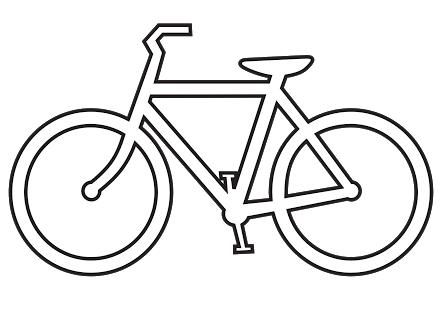


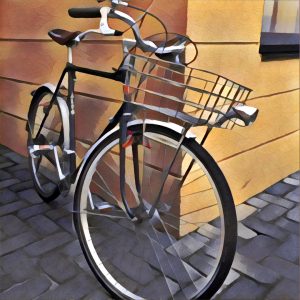


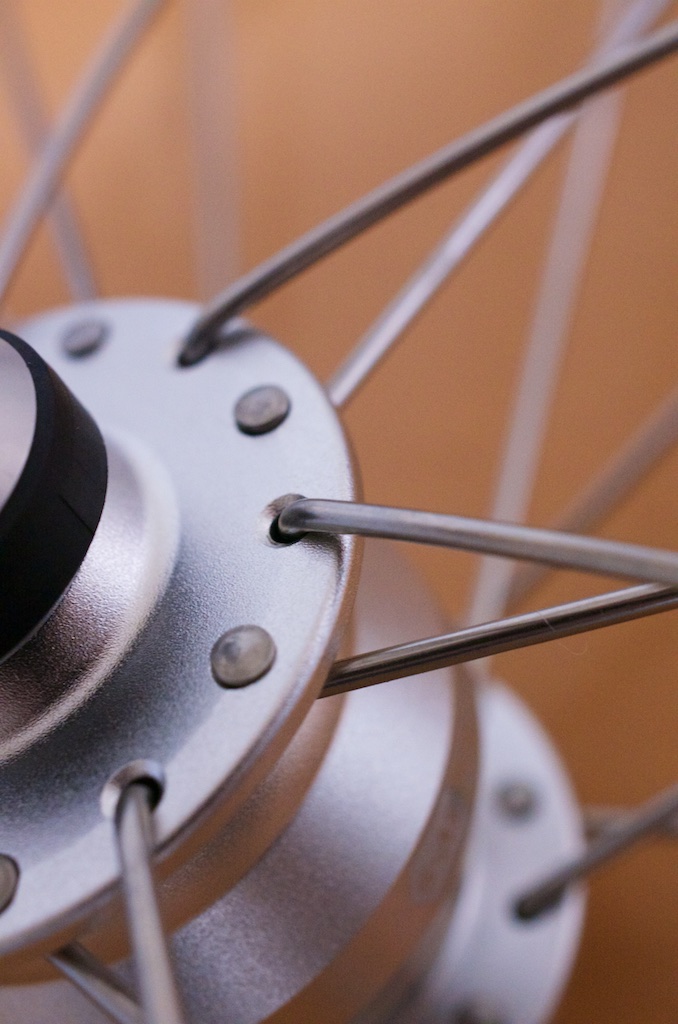
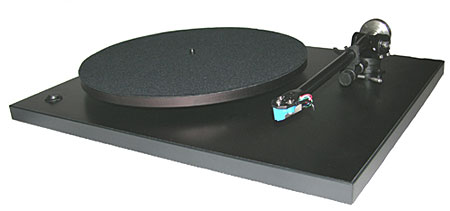
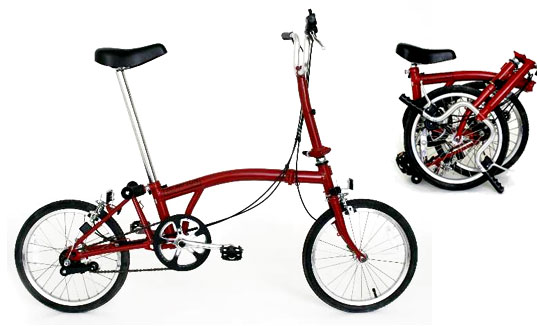
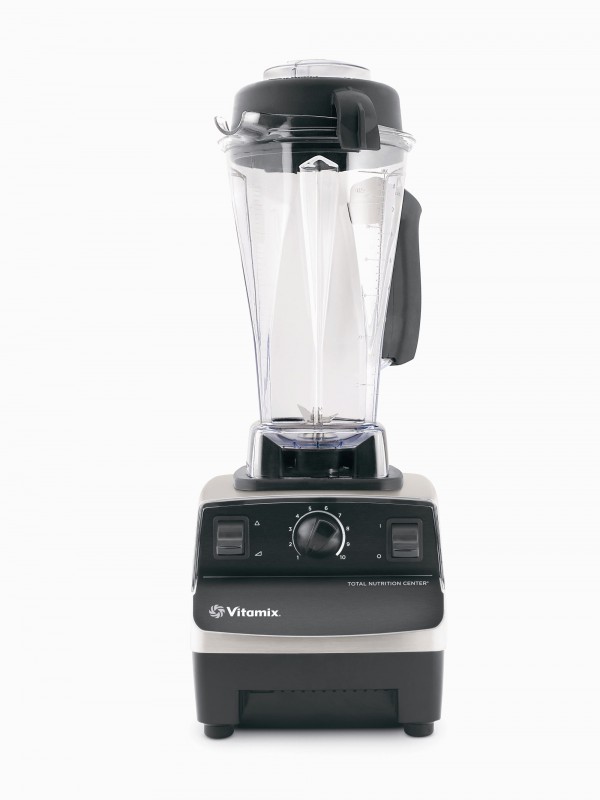

Loosing 1 or 2 kg makes such a a notable difference when you climb up.
Indeed, loosing it on your body with a simple diet is infinity cheaper than buying a new bike. And very easy too!
Yes, exactly ! It’s convenient to ignore the weight of “the engine” ( the rider ). Bike magazines and internet reviewers do this all the time. Pushing the purchase of a newer, lighter component or even bike rather than the much safer, cheaper, and healthier ( unless you look like Rasmussen … ) alternative of losing a few pounds off the rider.
The bigger question though, is why is race up the hill anyway ? Too many people are being “advertised” into thinking that a bicycle must be primarily designed for speed, and that special clothing, shoes and super lightweight equipment is necessary. No one puts on special clothes to drive a car, and no one buys a car that is uncomfortable, impractical and dry-use only. The bike racing thing is fun by itself ( for some ! ) but there’s a whole class of potential and actual riders that are poorly served by this niche cycling activity being pushed on them as the only cycling activity.
Slow down, ride in normal clothes, look around a bit as you travel, talk to your fellow cyclists. Cycling was fun as a kid. It needn’t be a competition every time you get in the saddle just because you’re an adult. And if it’s not a competition, you can buy a bike you like to ride, one that is useful, and one that is not painful ! This aspect of cycling is sadly hugely under represented by the magazines ( because there is no money in it – if you buy a comfortable, practical bike it will last you the rest of your life with no reason to upgrade ) and puts people off cycling just for fun.
The racing fixation also negatively affects the design of the bikes, as discussed above, where they become simply unusable as simple, practical, comfortable means of transport because of pointless “aero” features like thin forks with no room for mudguards, and no carrying capability. It’s a shame. Even in the 70s, a racing bike would be made of steel, have fitments for full-length mudguards, and saddle loops. People won Tours on them, then used them as practical bikes. Today’s “road bike” are good for winning races, only. But how many of it’s purchasers are actually being paid to race ?
Nothing sadder than a middle-aged man in the bike shop, trying a bike like the one pictured first here, squeezing his belly into some cycling shorts and jersey, then giving up after a few weeks because his back hurts and he can’t use his expensive bike for anything useful !
[…] thought I’d replace it with one with a dynamo hub. I’d built one of these for my “normal” bicycle and liked the battery-free endless light power it […]